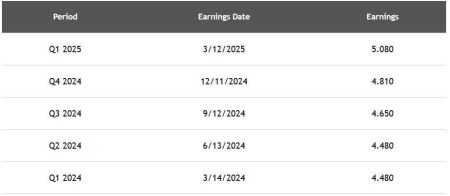The fundamental principle governing share repurchases, often obscured by heated public discourse, is a simple algebraic truth: repurchasing shares at a discount to intrinsic value increases the intrinsic value of the remaining shares. This principle, though mathematically straightforward, is frequently misunderstood or ignored in discussions about stock buybacks. The debate often features sweeping condemnations of buybacks without acknowledging the potential benefits when executed strategically.
To illustrate this principle, consider a hypothetical debt-free company with a $900 million underlying business, $300 million in cash, and 30 million outstanding shares. This implies an intrinsic value of $40 per share ($900M + $300M / 30M shares). If the company’s stock trades at $30, a discount to intrinsic value, and the company uses its cash to repurchase 10 million shares, the intrinsic value of the remaining shares increases to $50. The underlying business value remains $900 million, but now it’s divided among only 20 million shares. This simple example demonstrates the core principle: buying low enhances value for remaining shareholders.
This principle holds across a range of repurchase prices, as long as the price remains below the initial intrinsic value. Repurchasing shares at a premium, however, has the opposite effect, diminishing the value of the remaining shares. This distinction – buying low versus buying high – is crucial yet often overlooked. Warren Buffett, a renowned value investor, articulated this principle succinctly, emphasizing that repurchases should only occur when they increase the value of remaining shares. A company looking to implement a share repurchase program should adopt a “low budget” mentality, seeking discounted prices that represent true value.
The key challenge, of course, lies in determining intrinsic value. While no balance sheet line item explicitly states it, intrinsic value is generally defined as the present value of future cash flows, discounted at the company’s cost of capital. For holding companies, the calculation is simpler: the sum of the market value of held assets minus any debt. This distinction underscores the importance of understanding the underlying business structure when evaluating buyback decisions. The hypothetical company used in the previous example combines elements of both an operating business and a holding company to clearly illustrate the mechanics of buybacks.
Given the focus on value creation, it’s unsurprising that shareholder activists often advocate for share repurchases, but only when the stock trades below intrinsic value. A credible activist understands that buybacks at a premium destroy value, counteracting their objective. The understanding of the value-creating potential of buybacks isn’t limited to activists. Investment professionals, corporate management, policymakers, and financial journalists should all grasp this basic mathematical principle. However, the public discourse often ignores these fundamentals, leading to misinformed criticism of share repurchases. Politicians and commentators frequently decry buybacks without considering the underlying valuation, contributing to a distorted narrative.
This widespread misunderstanding has even permeated tax policy, as evidenced by the 1% excise tax on stock repurchases. This tax, implemented without regard for the price relative to intrinsic value, effectively penalizes value-creating buybacks alongside value-destroying ones. Warren Buffett, in response to the pervasive misinformation surrounding buybacks, has directly addressed the issue, characterizing those who universally condemn repurchases as either economically illiterate or manipulative demagogues. His pointed critique highlights the disconnect between the simplistic public narrative and the underlying financial realities.
By understanding the fundamental mathematics of share repurchases—buying below intrinsic value enhances value, while buying above destroys it—we can move beyond the often-simplistic rhetoric surrounding this practice. A nuanced understanding acknowledges that buybacks, like any financial tool, can be used strategically to benefit shareholders or misused to their detriment. The key lies in the valuation. This understanding should inform not only corporate decision-making but also public policy and media coverage, promoting a more informed and productive conversation about share repurchases. The focus should shift from blanket condemnations to a more nuanced assessment of whether buybacks are implemented in a value-creating manner.










